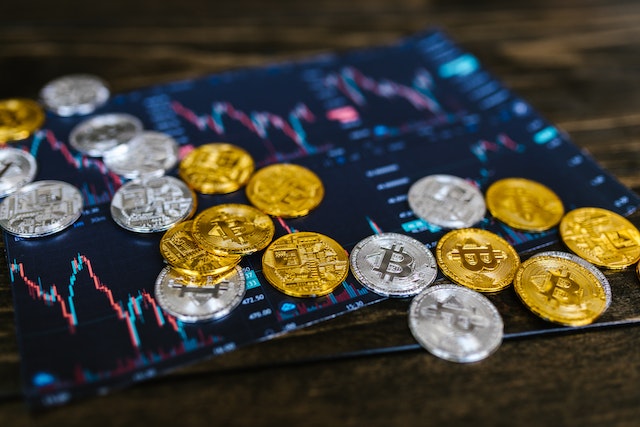DeFi is a growing field at the nexus of blockchains, digital assets, and financial services. It has evolved as an innovative alternative to centralized financial markets in recent years. Its success is largely due to its unique service configurations that aim to eliminate financial intermediaries.

It has also been aided by the fact that its digital assets can be transferred at low fees and high interest rates. Additionally, its blockchain records of transactions are open to the public. This transparency enables crypto enthusiasts to take control of their own finances and make their own decisions.
Defi market making is one such service configuration that aims to remove a significant part of the costs associated with trading crypto. It is a way to automatically match buyers and sellers in a decentralized manner, without the need for a central custodian or exchange.
To do this, DeFi uses automated market makers (AMMs). AMMs operate inside of a liquidity pool and use algorithms to price assets. They can be accessed by a DEX or cryptocurrency exchange. There are several DeFi liquidity pools currently operating in the world, including Uniswap, Sushi, Balancer and Curve Finance.
While the AMM model is relatively new in the crypto industry, it is already a critical innovation within the DeFi ecosystem. It has helped to increase liquidity at a decentralized exchange and provided a new profitable money-making option for liquidity providers. It is likely that this will continue to expand as both traders and DEXs experiment with ways to maximize their profits.
As with any emerging technology, there are some challenges to the implementation of defi market making. One of the biggest is how to find a buyer willing to pay a higher price for an asset than a seller, or vice versa. This is known as the spread, and it is a key consideration when it comes to matching a buyer and a seller.
Another challenge is how to handle volatility. Since crypto is a volatile market, there is always the possibility that an investment will lose value. This is why it is important to carefully research and understand the risks involved before investing. Finally, it is essential to consider the regulatory framework of a particular crypto project before investing in it. This will affect the amount of risk that a potential investor is taking and how easy it is to get your investment back. A good way to evaluate the regulation of a crypto project is to compare its codebase to that of other projects in the same space. This can help to identify any areas of vulnerability that may be exploited by bad actors. Ultimately, it is up to investors to evaluate the risks associated with their investments and determine whether they are worth the risk. In addition, it is important to seek out expert advice to help with this process. Luckily, there are many specialist consultants in the crypto and finance industries who can assist with this.


Leave a Reply